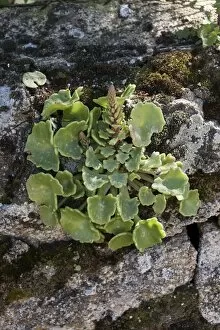Umbilicus Collection
The umbilicus, also known as the navel or belly button, is a fascinating and vital part of a woman's abdomen
All Professionally Made to Order for Quick Shipping
The umbilicus, also known as the navel or belly button, is a fascinating and vital part of a woman's abdomen. Just like the delicate Ivy-leaved toadflax or Cymbalaria muralis that clings to walls with its tiny flowers, the umbilicus serves as a connection point between mother and child during pregnancy. In Curtis British Entomology Plate 478, we can see an intricate illustration of dizygotic twins in the uterus, highlighting how this small but significant structure nourishes life. Similarly, just as Wall pennywort and lesser pennywort species thrive on rocky surfaces, the Umbilicus Chrysanthus (Cotyledon Chrysantha) flourishes within our bodies. Picture No. 10901785 showcases another aspect of the umbilicus: the mucus plug in cervix. This protective barrier acts as nature's gatekeeper for unborn babies while they develop safely inside their mothers' wombs. Moving beyond human anatomy, we encounter Navelwort - Umbilicus rupestris - also known as Penny-pies or Wall Pennywort. This fleshy perennial plant mirrors the resilience and strength found in our own umbilical cords. Even fossils have stories to tell about this remarkable feature. A Placenticeras fossil displays its unique umbilicus and former position of aperture—a testament to evolution's incredible journey through time. Lastly, let us not forget about complications that may arise such as a knotted umbilical cord depicted in image C015 / 6735. While rare, it reminds us of both the fragility and tenacity present within this lifeline between mother and child.









